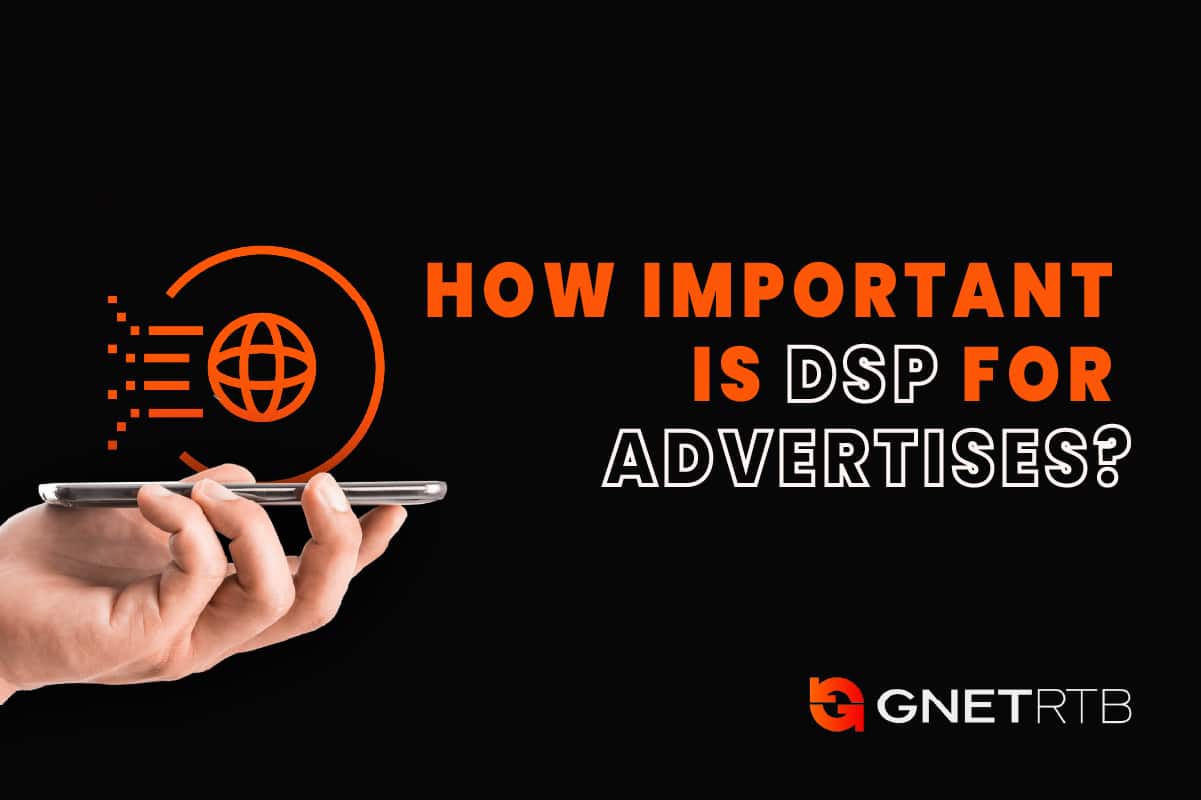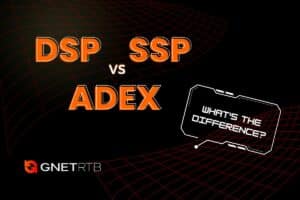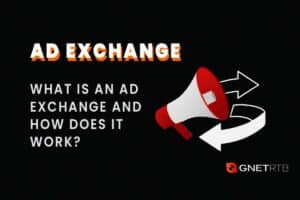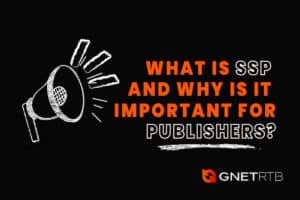Everyone who advertises online has, at some point, heard about the Demand-Side Platform (DSP) term. In brief, these softwares allows advertisers to serve publicity on many different platforms in a mechanized and optimized way.
To achieve your marketing goals, a DSP is critical. For this reason that’s why we prepared this article to help you understand what a DSP is, how it works, its advantages and the importance of this platform for advertisers and media buyers.
What is a Demand-Side Platform (DSP)?

Many publishers offer ad space on their websites and apps. DSP is one of the most used technologies and one of the most vital demands, since advertisers use their software to display their ads.
However, a Demand-Side Platform itself does not provide ad space, it collects impressions from other technologies such as ad exchanges, ad networks and SSPs for advertisers. The RTB process has decisive influence placing the campaign and everything happens in milliseconds.
The Demand-Side Platform objectives
DSP’s goal is to mechanize and optimize the programmatic ad buying process using multiple algorithms. This increases the efficiency of advertising campaigns since it improves banners and other ad formats positionings. That means, the winner does not only get the ideal range, but also reaches more potential clients through a more accurate segmentation.
Advertisers use DSPs to combine different data collected by cookies, such as:
- Demographic data;
- Search history;
- Search queries;
- Cookies collected information, etc.
DSPs collect ad space prices from many networks and centralize them on a single platform, giving advertisers access to multiple ad impressions and combined offers from different networks.
You can use your budget as efficiently as possible, through RTB and programmatic direct as great ad placement results.
How does Demand-Side Platform work?
The formers DSPs emerged in 2007, when RTB was created. In order to deliver publicity, the advertiser defines in the DSP its KPIs, budget, etc. and submits the ad creative. When the ad is actually placed, a DSP decides the kind of ad and how much of it to offer, according with the SSP request. As it works as an auction system, the DSP that offers the highest bid will be placing the ad.
Basically, the process goes through the following steps:
- A user opens a website or an app with an ad inventory DSP
- Either the website or the app requests advertisements from the SSP, along with some information from the user (gender, age, interests, behavioral history, etc.)
- SSP provides user information for each affiliated DSP and requests a bid
- Each DSP selects an ad that targets these users among the ads and bids registered within the SSP
- The SSP notifies the website or the app about the highest bids received
- The website or the app submits an ad delivery request to the winning DSP
- Ads are delivered from the DSP to the website or the app
- The relevant ad is displayed to the user
Why are the Demand-Side Platforms so important?
Agencies, brands, advertisers, ad networks and ATDS may use DSPs to buy display, video, audio, mobile or search advertising. DSPs are important because they allow marketers to focus on what really matters, that means, data, segmentation, and long-term campaign optimization.
Instead of manually reaching out to hundreds of publishers, which would take days, probably even months, partnering with a DSP makes it easier to manage and configure your ads.
Besides that, previously advertisers had to be fast when crossing information and choosing a high-performance display network, while combining maximized budgets to make sure they were winning auctions at advantageous prices. But today’s DSPs mechanized this step through RTB, the ad inventory price is calculated, established and the advertiser’s bid is automatically given.
Another important factor is that the level of precision is very high in the target definition, such as showing ads to all visitors of the website or having the possibility of gathering similar people to subdivide the audience.
Depending on the depth and incorporation of the advertiser’s data, it is possible to target and deliver much more precisely highly relevant ads to the audience, achieving a much higher ROI. This means having optimized positioning and segmentation to create more efficient campaigns.
Advantages of using a Demand-Side Platform
DSPs are popular because they have the tools and the data needed to create a compelling and targeted campaign, which makes the entire online campaign process more efficient and productive.
Besides that, DSPs allow brands and advertisers to manage advertising campaigns on a highly competitive and dynamic market. Some other benefits you get when using the software includes:
Automation
Online advertising can be complicated due to the involved processes, but DSPs make all these processes easier with automation.
Global range and incorporation
You can find DSPs that provide access to premium ad inventory. They connect with other advertising technologies and collaborate with local publishers to increase the range.
Advanced focus
Aside from the global range, DSPs can only deliver relevant advertising campaigns to the audience due to advanced targeting features. The platform targets specific demographics data like gender, language, interests, geolocations, etc. While the advertiser can create personalized ads to convert leads and find more well-targeted customers.
The right Ad inventory
Advertisers can preset the ad inventory types they are willing to buy before running ads across DSPs. This makes it easier to succeed in advertising campaigns.
Detailed reports
When operating a DSP, the advertiser has access to important data to improve the work. They can track all campaign results in real-time and analyze reports on website traffic, click-through rates, page views and much more.
How to choose a Demand-Side Platform
Demand-Side Platform Efficiency
Platform efficiency is crucial if you want to run effective RTB campaigns, since some DSPs have modified iterations to meet advertisers requirements, and this can be very powerful.
Greater Range
One of the most important features of DSPs is its range, since the available ad inventory is huge. For the most part, when it comes to range, most platforms provide what the advertiser needs, unless they are looking for something very specific.
Support
DSPs support may differ. It is important to know if there is a support fee or if there is a limit on how often support can be offered. How quickly a DSP answers to support requests and technical needs is also a key component.
Demand-Side Platform Targeting
Ensure a DSP offers cookie-level retargeting. This means, if it is possible to redirect users between the platform’s sources.
Reports
Always check what or which types of reports are available and how you can access them. Ask if the mean values are adapted or standardized and what qualitative information is provided.
Pricing Models
You need to consider which measures drive the DSP pricing model. Whether it’s its expense, its performance or something else.
Demand-Side Platform Business Model
Make sure the DSP business model is adapted for sellers, buyers, or both. Learn how DSP approaches agencies internally.
Type of Campaign Planning
Ensure the DSP can do frequency capping and that it offers more ad inventory sources. Daily budget control and the simplicity of scaling multiple goals campaigns are also important for planning.
Data types that the DSP can gather into the campaign
Data is essential to impact the target group. Therefore, make sure you can use your own campaign data, target group, whether you can apply third-party target group data, and what kind of data efficiency assessment, if there are any, the DSP offers.
Demand-Side Platform Service Model
Not all the DSPs are the same. If you need a platform or management solutions ready to go, choose a DSP that offers these features. The self-service is not always an option, for that reason, make sure your campaign management will be handled by a manager or will be automated.
Conclusion
To recapitulate, if you need a DSP there are some important aspects that you should consider before taking a decision. There are great options on the market that can help you achieve your marketing goals, automate and optimize this whole process. But first things firts, it is important to understand the online advertising supply chain, which consists of different networks and technologies.
If you want to try programmatic advertising and prove its efficiency or want to meet a new SSP partner with its own ad exchange technology, GnetRTB may be the best place for you! Access this link and be attended by our expert team.




